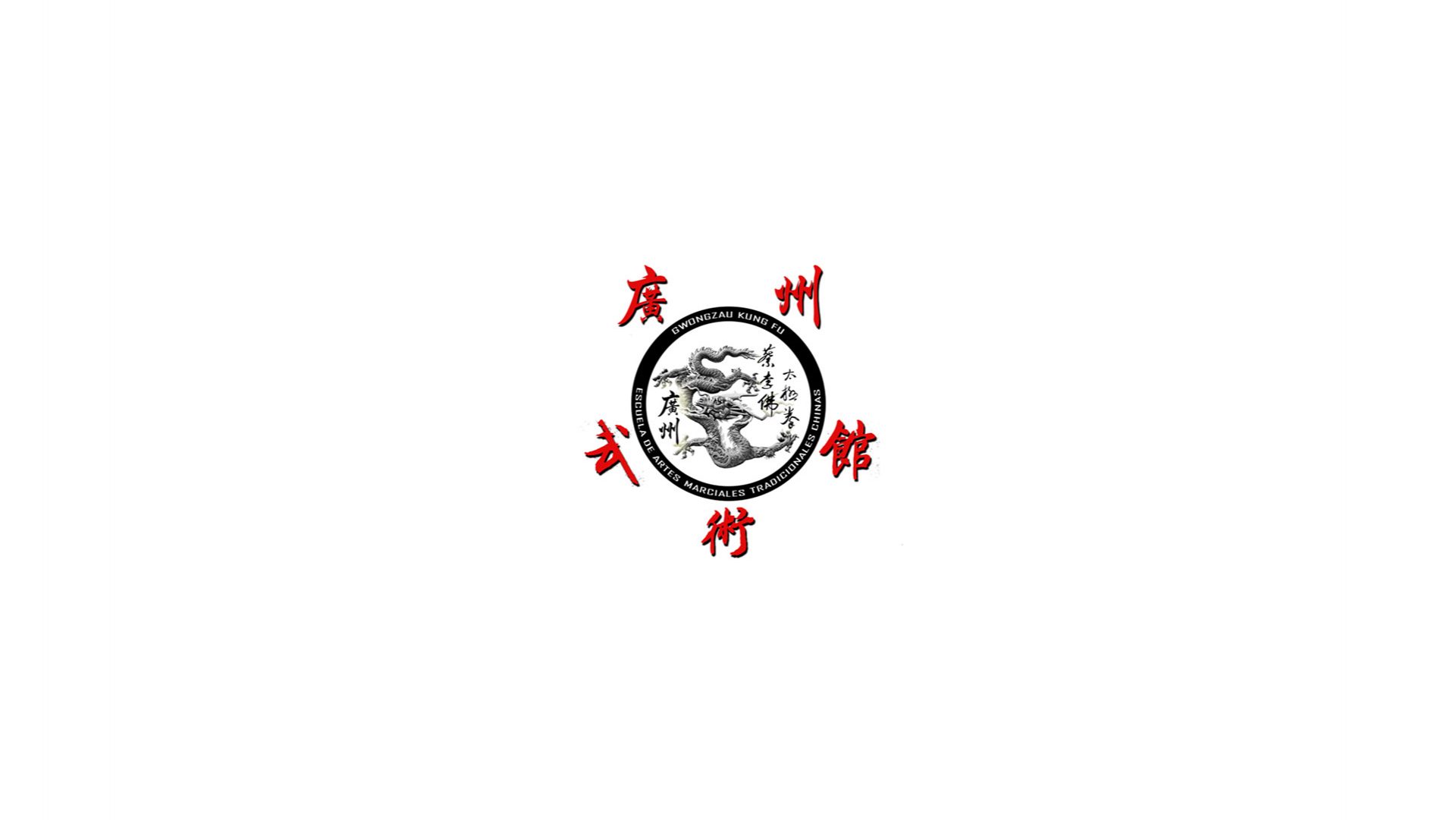Introduction
Towards the end of the Míng 明 dynasty (1368-1644), the problem of banditry gave rise to the emergence of private escorts, who accompanied and protected merchants carrying valuable goods and merchandise on their journeys between different regions. Soon after, companies would emerge that employed local martial artists to perform the same trade. These companies, called biāojú 鏢局, flourished especially in the Shānxī山西 region during the Qīng 清 dynasty.
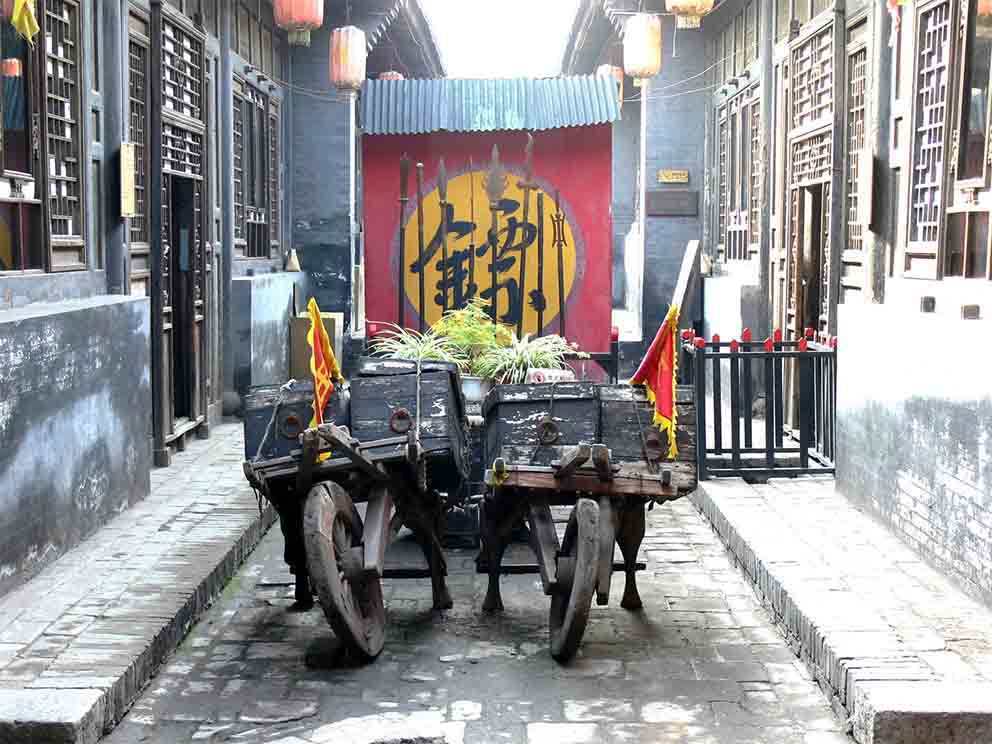
The problem of banditry
Towards the end of the Míng dynasty there was an increase in banditry in the Shānxī region. Among the factors that favoured this increase were droughts and famines, the increase in taxes and impoverishment of the population, and a mountainous geography with low population density. In addition, the problem seems to be linked to the salt trade during the Míng dynasty. This dynasty issued licenses to private merchants authorizing them to sell salt in certain regions, in exchange for supplying border military garrisons.
In Shānxī, many merchants participated in this trade and made a lot of money from it. However, in the seventeenth century, as the state bureaucracy weakened and political disorder increased, problems such as corruption and smuggling emerged. Corrupt officials sold salt licenses at high prices, so that only the wealthiest merchants could hope to obtain them. This marginalized many small traders, who lost their livelihoods and resorted to banditry.
On the other hand, some merchants resorted to salt smuggling, which favoured the emergence of armed groups to protect the routes.
Adding to these problems was a vacuum of authority in early Qīng, when the new dynasty was busy completing the conquest of China and subduing the first rebellions that arose.
Independent escorts
Bandits assaulted trade caravans that traveled unprotected. To ensure the protection of caravans, both by land and water, merchants began to resort to private agents who acted as armed escorts (bǎobiāo 保標).
These agents did not have a good reputation. They were not particularly well paid and their social status was low. Sometimes, they were hired to protect businesses or residences and to collect debts. These individuals were often civilian martial artists or former military men, and are said to have shared with the bandits a secret language or argot (hēihuà 黑話).
Many of them were wandering martial artists who sold their services on the roads, and provided rudimentary protection. Despite their existence, merchants carrying high-value goods, such as silver ingots, preferred to hire those who were authorized to carry firearms or who could claim descent from a recognized martial lineage.
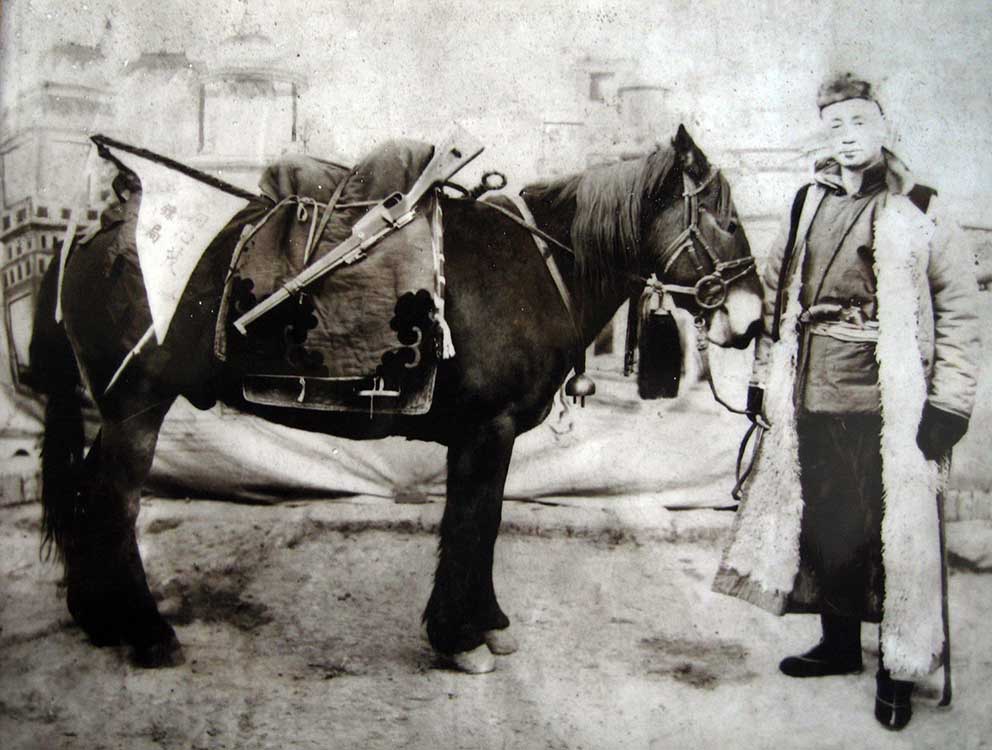
The effectiveness of their protection seems to have been based more on deterrence than on physical violence, which was avoided as much as possible. Their presence would have played an intimidating role and favored the negotiation of a price to allow the passage of merchants without violence. Some government officials seem to have suspected that some of the escorts themselves were in cahoots with the bandits in this business.
The absence of written laws regulating the professional activity of the escorts suggests that it was not a legal profession.
On the other hand, since there was also an illegal trade, such as salt smuggling, which used these agents for protection, the escorts of illegal caravans –which the state could define as bandits– could extort money from legal traders by making them pay for a passage permit.
In addition to merchants, another social group was involved in long-distance travel: the aspiring civil servants who traveled to the capitals to take the imperial exams. These individuals had to carry enough money with them to support themselves during their travels, and they were another easy target for bandits.
Escort companies (biāojú)
During the Qīng, the activity of the escorts took on a more formal dimension, and private companies appeared offering protection services en route. Although the social status of the individuals who made them up remained low, these companies were somewhat more prestigious than private escorts, and the imperial court itself used them to protect tax shipments when central authority was weakened.
These companies were financially backed by wealthy merchants and sometimes government officials.
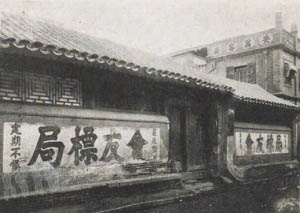
Façade of the headquarters of an ancient biāojú in Beijing.
Over time, they developed a more or less uniform organizational structure. At the top was a martial artist who would enjoy a certain reputation in the locality, and good relations with both the local gentry and merchants as well as with the government of the region.
This leader was often the visible face of the company, and was not directly involved in the protection of the caravans. However, his role was essential, as the company's reputation depended on the good relations established and the image he projected. With no written contracts or advance remuneration –receipts for the delivery of goods were paid once a year, during the first lunar month– the company's business was based on a relationship of trust between the company and its customers.
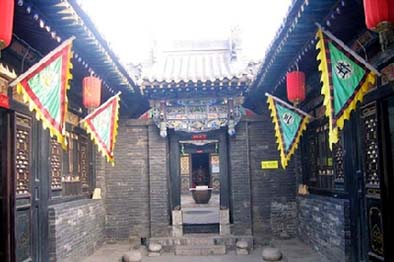
Below this leader, there were several positions of importance, most notably that of the master escort who was in charge of the martial instruction of the other guards.
Some companies were structured around a transmission lineage of a specific martial art. However, the secrecy and confidentiality of some styles meant a limitation to the business of protection agencies. A company often needed to hire escorts from outside the lineage in order to provide its services, and the need to run the business favoured the transmission of martial arts outside family lineages.
Every major town or city had at least one escort company. By 1880, there were thousands of them all over the country. The larger ones had branches in several cities and employed hundreds of people, making them one of the largest employers of civilian martial artists at the time.
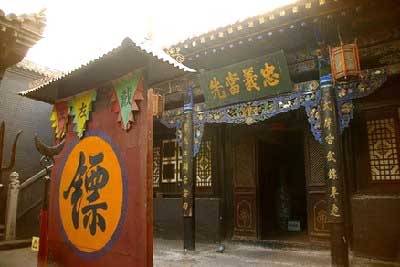
The journey of a commercial convoy could take about three months, and escorts traveled an average of three or four times a year. En route, a party of men was sent as an advance guard to scout and clear the terrain. With the merchants also traveled other guards with a higher position in the hierarchy of the company, who acted as the last line of defense. As we have already mentioned, the bodyguards tried to solve encounters with bandits through diplomacy and intimidation, leaving violence as a last resort.
The end of armed escort companies
The modernization of the country marked the end of the activity of the protection agencies. The development of modern infrastructures such as the railway changed the ways in which goods were transported. On the other hand, the emergence of credit notes and a modern banking system ended the need to transport large amounts of silver.
By 1920, most of these agencies had disappeared.
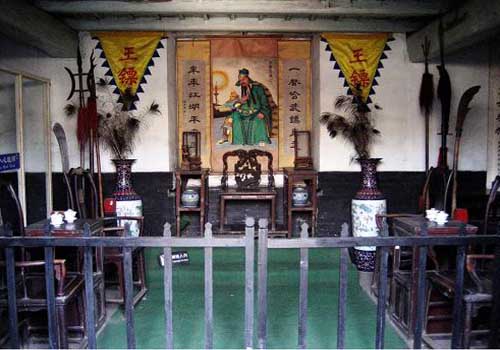
Former company building converted into a museum.
Conclusion
In late Míng, the problem of banditry led to the emergence of private escorts (bǎobiāo 保標) who sold their protection services to merchants traveling with goods between different regions.
These escorts had, in general, a bad reputation, and often participated in the business of bandits. Over time, their activity was formalized and crystallized in the appearance of more prestigious companies, whose commercial success depended to a large extent on their reputation.
These companies provided work for civilian martial artists and favoured the transmission of martial styles outside family lineages.
Towards the beginning of the twentieth century, modernization put an end to the business of armed escort companies, due to the development of infrastructures and the banking system.
Sources:
Benjamin N. Judkins, Jon Nielson. The Creation of Wing Chun: A Social History of the Southern Chinese Martial Arts. University of New York Press, 2015
Laurent Chircop-Reyes. Illegal Caravan Trade and Outlaw Armed Escorts in the Qing Dynasty: Critical Analysis of Two 18th Century Memorials, 2023.
Laurent Chircop-Reyes. Merchants, Brigands and Escorts: an Anthropological Approach of the Biaoju Phenomenon in Northern China. Ming-Qing Studies, 2018.
